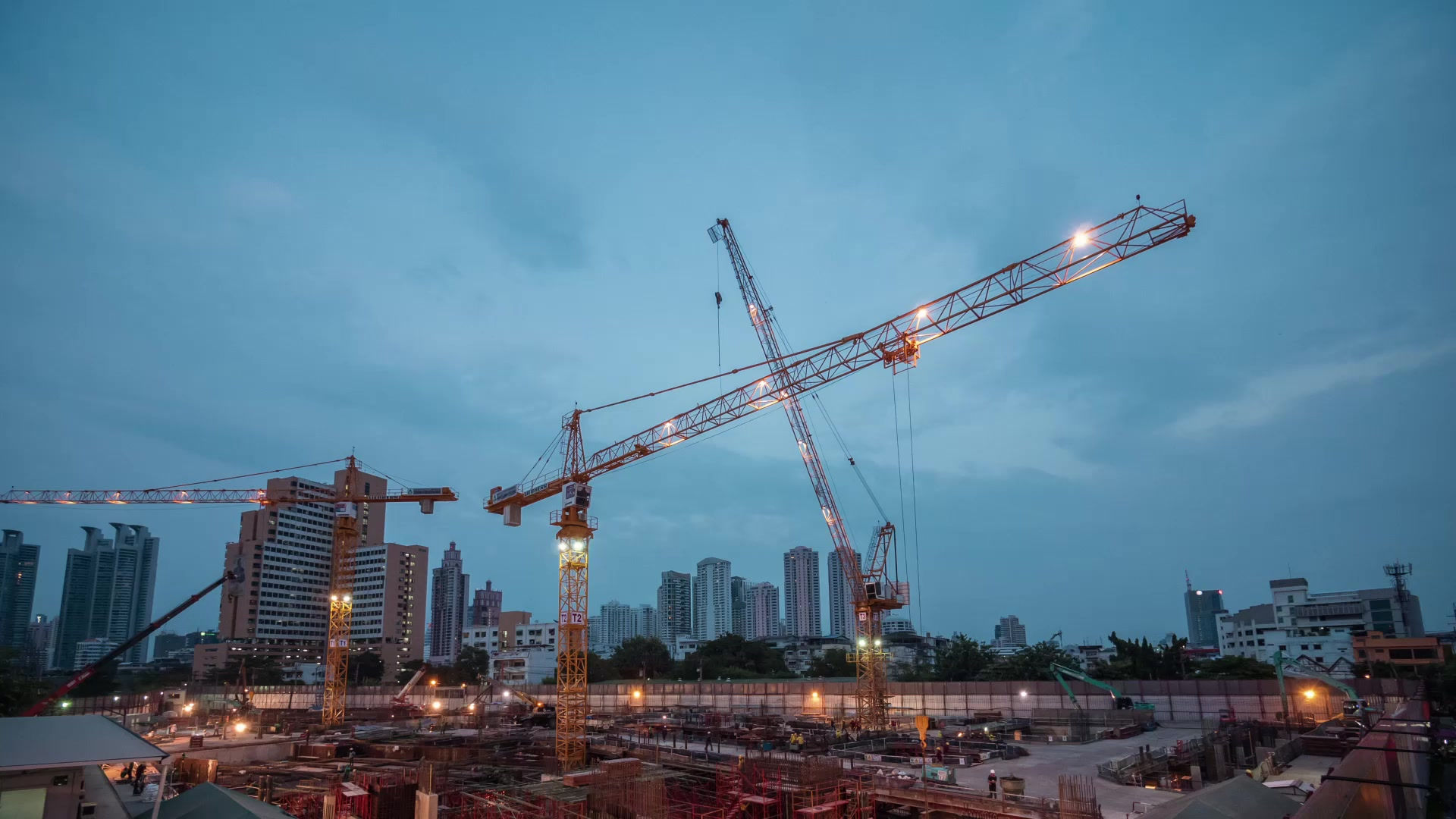What Does An Asbestos Floor Tile Look Like?
- DSA Services

- Apr 19, 2023
- 2 min read
Updated: Jun 7, 2023

Asbestos, a hazardous mineral fiber, was commonly used in building materials for its heat resistance and durability until its health risks became widely recognized. Recognizing asbestos-containing materials, such as floor tiles, is essential for maintaining a safe living or working environment. In this blog post, we will explore what asbestos tiles look like, providing you with crucial information to help identify potential asbestos-containing tiles in your building.
Understanding Asbestos Floor Tiles:
Asbestos floor tiles were popular from the 1920s to the 1980s due to their strength, heat resistance, and sound absorption properties. It is important to note that not all floor tiles from this period contain asbestos. However, if your building was constructed during this timeframe, it is essential to exercise caution and properly identify any suspicious materials.
Visual Characteristics of Asbestos Tiles:
Size and Shape: Asbestos floor tiles were typically square, measuring either 9 inches by 9 inches or 12 inches by 12 inches. However, other sizes, such as 18 inches by 18 inches, were also available. The thickness of the tiles can vary, typically ranging from 1/8 inch to 1/4 inch.
Patterns and Colors: Asbestos tiles often featured distinctive patterns and colors that were popular during the time of their installation. Common patterns include flecked or marbled designs, as well as solid colors. Patterns like geometric shapes, speckles, or lines were also prevalent. Popular colors include white, beige, gray, brown, and black. However, it is important to note that the absence of patterns or specific colors does not rule out the presence of asbestos.
Backing Material: Asbestos tiles typically have a hard, brittle, and durable backing material. The backing might be a bit rough or textured. The backing can be a solid color or have a paper or felt-like texture. Sometimes, the backing material may have markings or imprints indicating the manufacturer's information.
Confirmation through Testing:
Visual inspection alone cannot confirm the presence of asbestos in floor tiles. To accurately determine whether a material contains asbestos, professional testing is required. Certified asbestos inspectors or environmental consultants can collect samples from suspicious tiles and send them to a laboratory for analysis. The samples are analyzed using polarized light microscopy (PLM) or other reliable testing methods to identify the presence of asbestos fibers.
Safety Precautions:
If you suspect that your floor tiles contain asbestos, it is crucial to avoid any activities that could release asbestos fibers into the air. Disturbing or damaging asbestos-containing materials can pose a serious health risk. It is recommended to consult with a certified asbestos professional before taking any action, such as removal or renovation.
Conclusion:
Identifying asbestos floor tiles is crucial for maintaining a safe environment, as exposure to asbestos fibers can lead to severe health issues. While visual characteristics such as size, shape, patterns, and colors may suggest the presence of asbestos, professional testing is necessary to confirm it. Asbestos-containing materials should be handled with caution, and it is advisable to consult with certified asbestos professionals for proper identification and safe removal, if necessary. Prioritizing the health and safety of individuals is paramount when dealing with potential asbestos-containing materials.




Comments